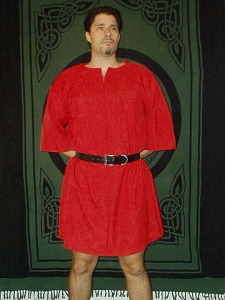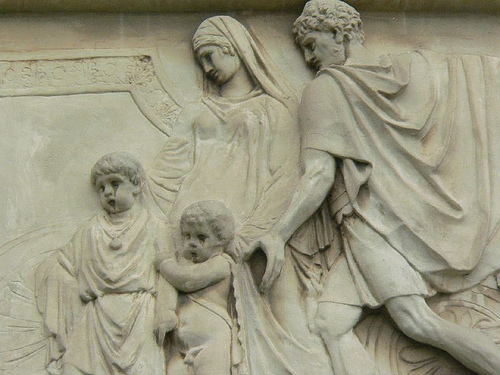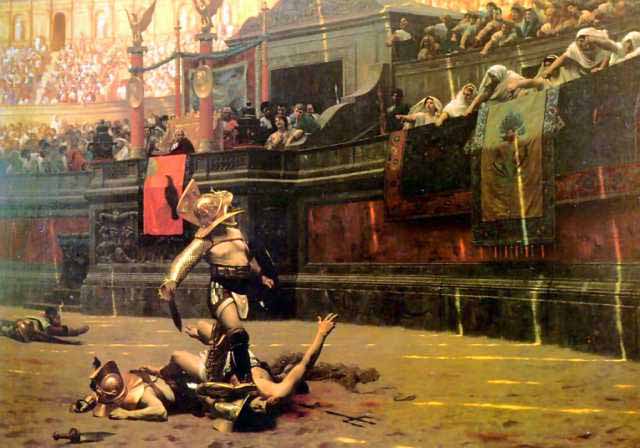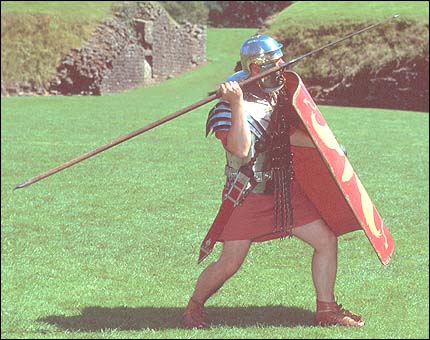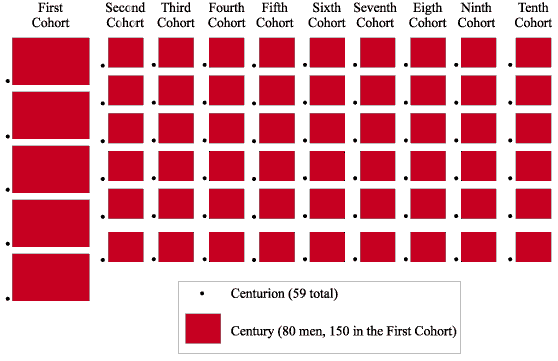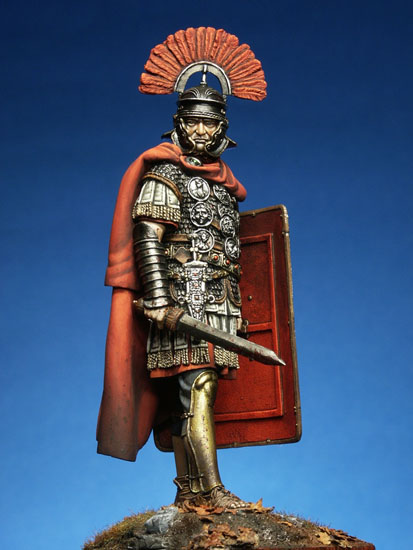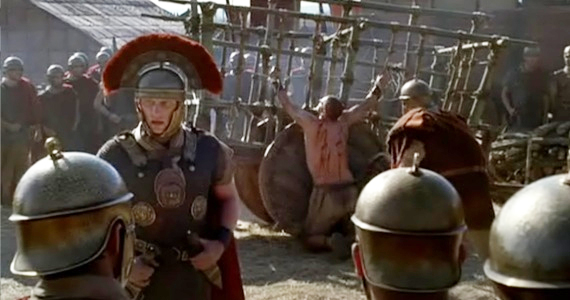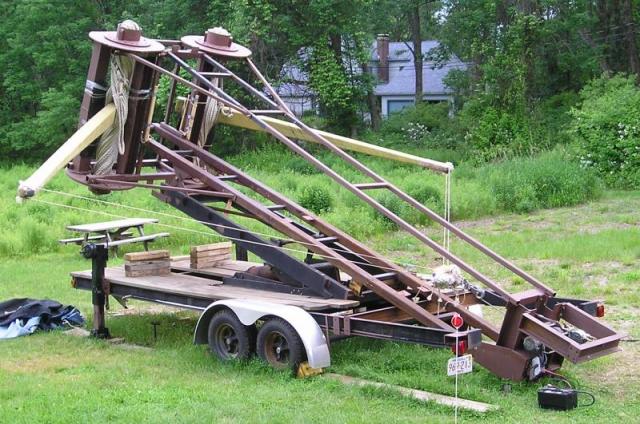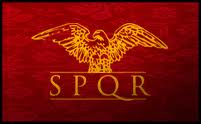
(The image above stands for “The Senate and People in Rome” in English.) The Roman Empire has given much influence on our own society. We have learned from their rights and wrongs have applied their tribulations to promote our society. The cultural weight and military power of the (Western) Roman Empire was unmatched for hundreds of years before the inevitable collapse in 476 A.D.
(image via senatus-populusque-romanus)
